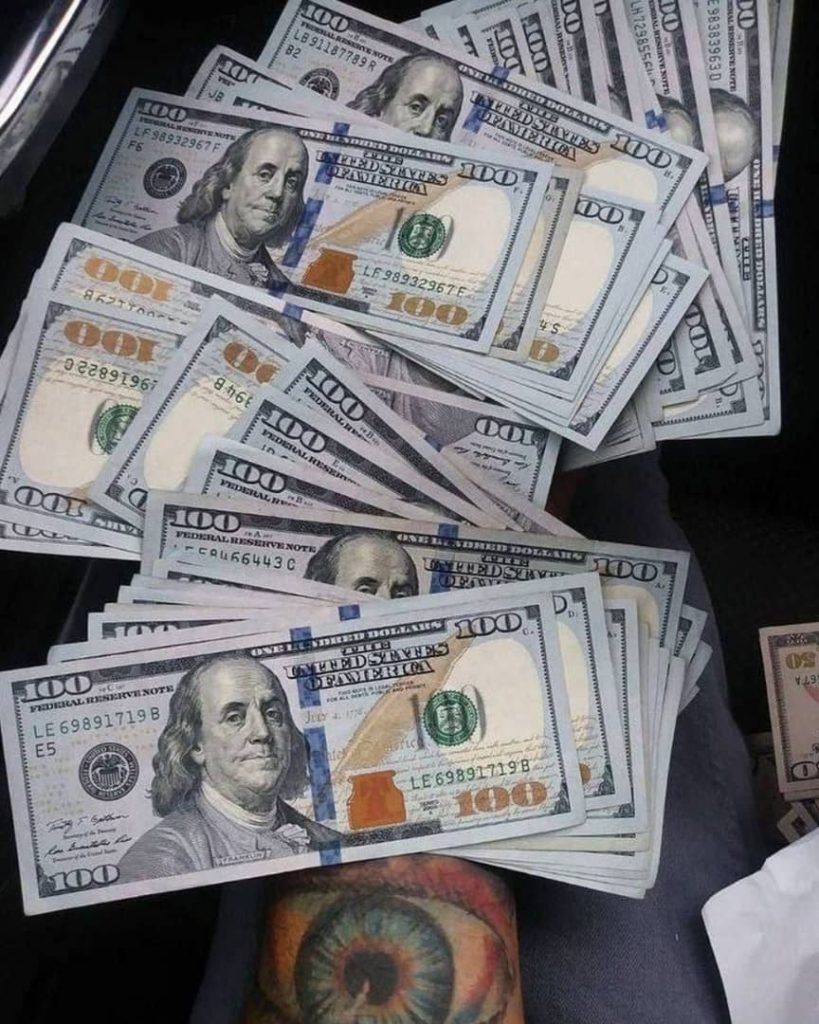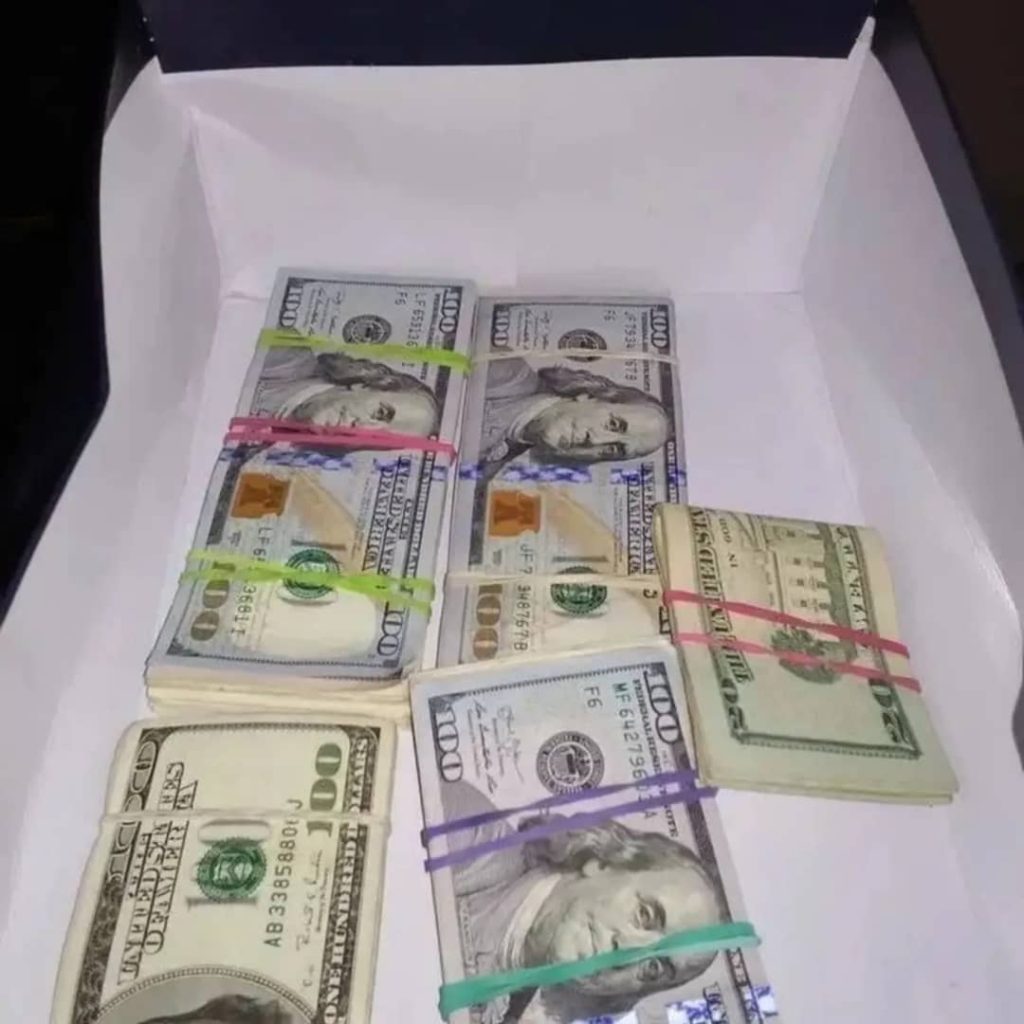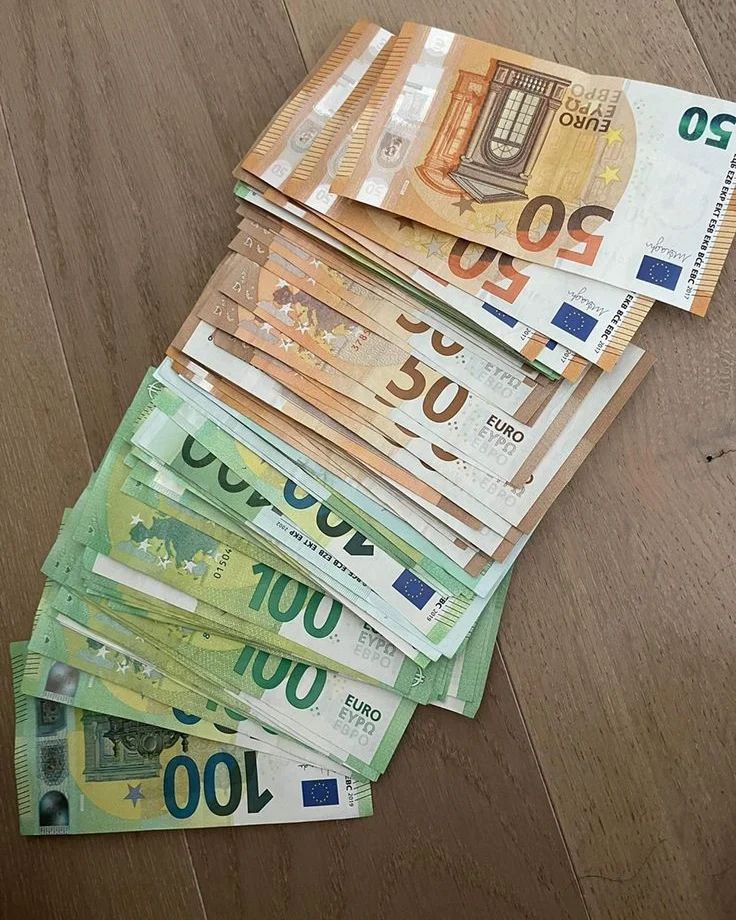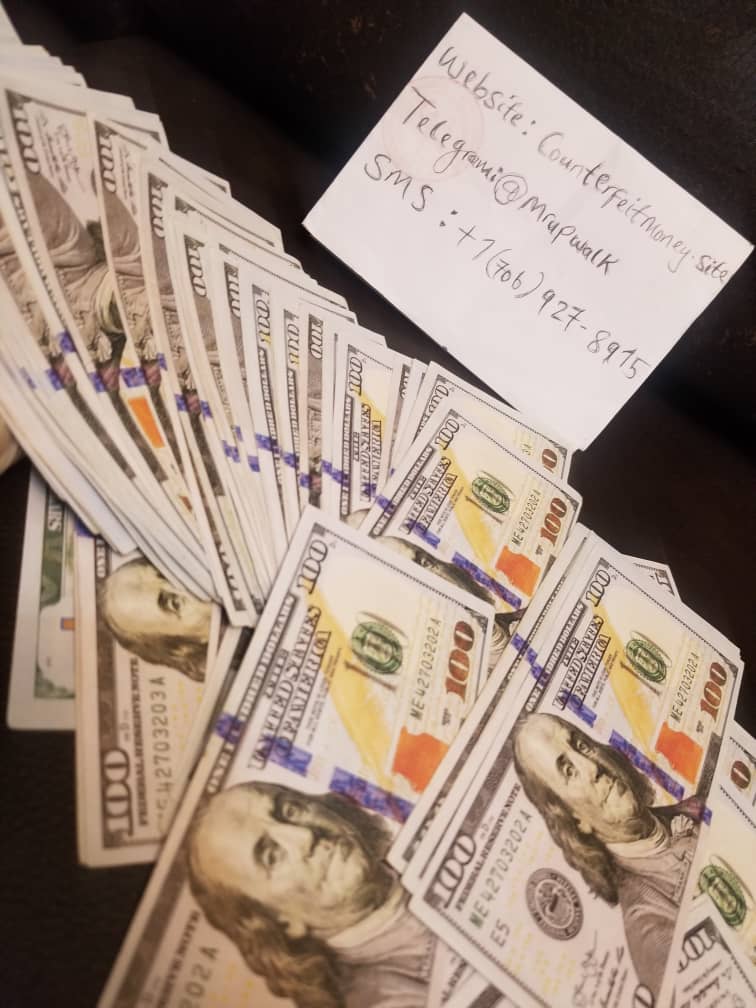Counterfeit $100 Bill For Sale | Counterfeit $20 Dollar Bill
Counterfeit 100 Dollar Bill is a significant concern in today’s economy. Among the most commonly counterfeited denominations is the $100 bill.
In this article, we’ll delve into the world of Counterfeit $100 Bills, learning how to identify them, and understanding the consequences of dealing with counterfeit currency.
Security Features on Genuine $100 Bills
To effectively detect counterfeit money, it’s crucial to first familiarize yourself with the security features found on Real Fake $100 Bills. These features are intentionally designed to be difficult to replicate by counterfeiters:

Watermark
A watermark is one of the key security features present in authentic $100 bills. When you hold the bill up to the light, you should see a faint image of Benjamin Franklin, the face on the $100 bill, to the right of his printed portrait.
Security Thread
Another security feature is the embedded security thread. This thin, vertical strip is woven into the bill and appears as a continuous line when held up to the light. The text “USA 100” is visible on the security thread.
Color-shifting Ink
Genuine $100 bills use color-shifting ink, which means the color of the numeral “100” in the bottom right corner should change from copper to green when tilted.
Microprinting
Microprinting is a tiny, intricate text that is hard to reproduce accurately. Genuine $100 bills feature microprinting on various parts of the bill, such as Franklin’s jacket and the quill.
Raised Printing
Run your fingers over Franklin’s coat and the printing should feel slightly raised. Counterfeit $20 Bill often lack this tactile feature.
How to Identify Counterfeit $100 Bills
Counterfeiters may try to mimic these security features, but there are several telltale signs to look for when identifying counterfeit $100 bills:
Lack of Security Features
Counterfeit Bills often lack some or all of the security features mentioned earlier.
Poor Quality Printing
Examine the quality of the printing. Genuine bills have sharp and clear lines, while counterfeit bills may appear blurry.
Incorrect Color Shades
Counterfeit $50 bill may have color discrepancies, with colors that are off or uneven.
Absence of Watermark or Security Thread
Hold the bill up to the light; if you can’t see the watermark or security thread, it’s likely a counterfeit.
Examining Microprinting
Use a magnifying glass to check for microprinting. If it appears smudged or unclear, it could be a counterfeit.
Checking for Raised Printing
Authentic $100 bills have raised printing. Counterfeit bills often lack this tactile feature.
Tips for Businesses and Individuals
Detecting counterfeit money is crucial for businesses and individuals alike. Here are some tips to consider:
Train Employees to Recognize Counterfeit Bills
Educate your employees on how to spot Real Counterfeit Money. Familiarity with security features and regular training can be invaluable.
Counterfeit 100 Dollar Bill | Counterfeit 20 Dollar Bill
Use Counterfeit Detection Tools
Invest in counterfeit detection tools, such as ultraviolet lights or counterfeit pens, to verify the authenticity of bills.
Contact the Authorities
If you suspect a bill is counterfeit, contact your local law enforcement. They can guide you on the next steps.
Protect Your Business from Counterfeit Money
Implement security measures to deter counterfeiters, such as surveillance cameras and proper lighting.
Reporting Counterfeit Money
If you encounter Undetectable Counterfeit Money, report it to your local law enforcement or the U.S. Secret Service. Retain the counterfeit bill as evidence for the authorities.
The Consequences of Handling Counterfeit Money
Handling Best Counterfeit Money can have serious consequences:
Legal Ramifications
Dealing with counterfeit money, even unknowingly, can result in legal trouble. Businesses and individuals can face criminal charges.
Financial Losses
Accepting Counterfeit Currency means you’ll incur a financial loss, as banks will not honor counterfeit bills.
Damage to Reputation
For businesses, being known for accepting counterfeit money can damage your reputation and also customer trust.
How to Report Counterfeit Money
If you encounter a Counterfeit $100 Bill, it’s essential to report it promptly:
Contact Local Law Enforcement
Get in touch with your local police or sheriff’s department to report the Counterfeit Bills.
Contact the U.S. Secret Service
The U.S. Secret Service is also responsible for investigating counterfeit currency cases. They can provide guidance on how to proceed.
Retain the Counterfeit Bill as Evidence
It’s crucial to keep the Counterfeit $10 Bill as evidence for any investigation.
In a world where counterfeit money is a persistent issue, being able to identify and report counterfeit $100 bills is vital.
By understanding the security features on genuine bills and recognizing the signs of counterfeit currency, individuals and businesses can protect themselves from financial losses and legal troubles.


















